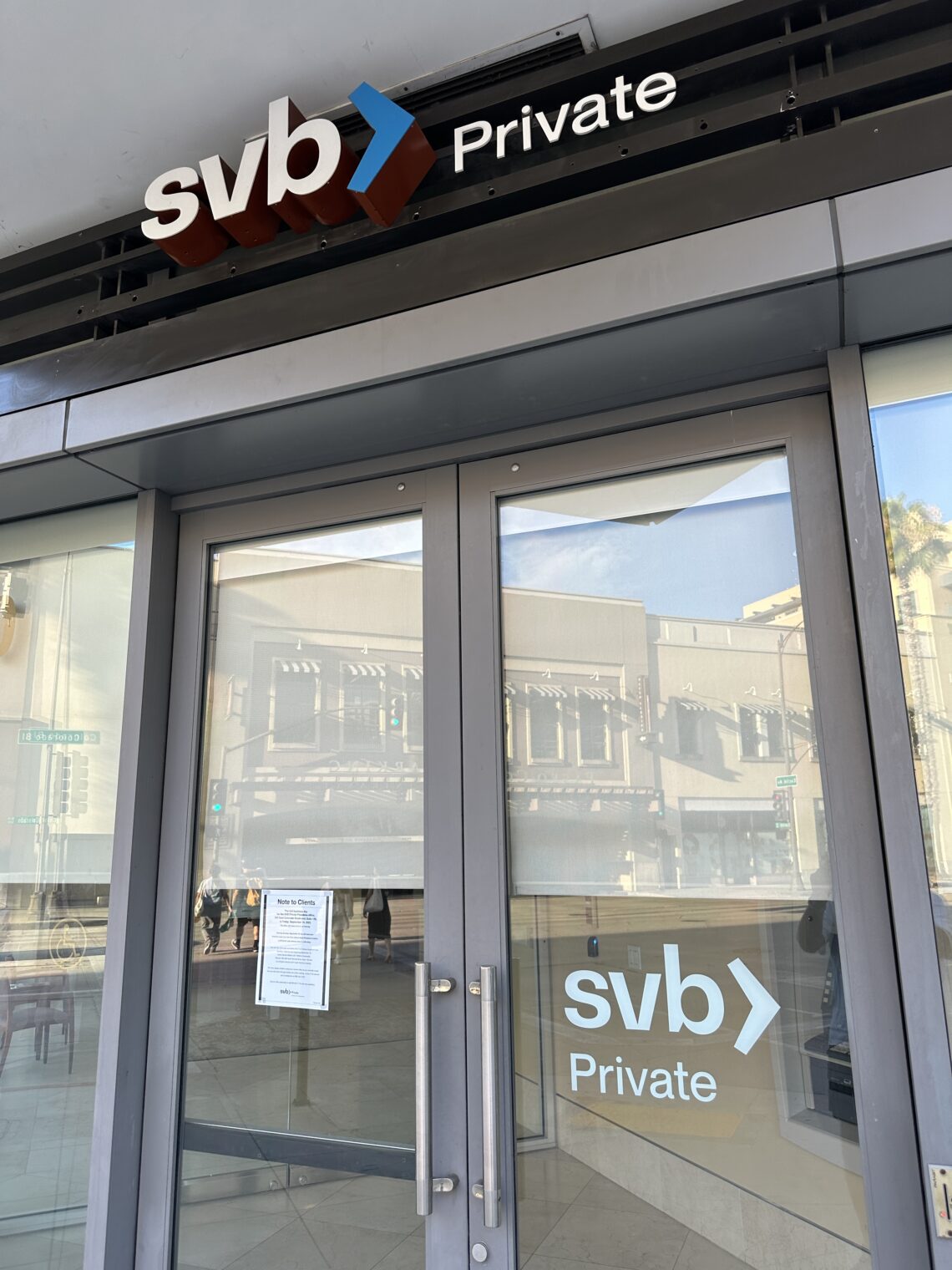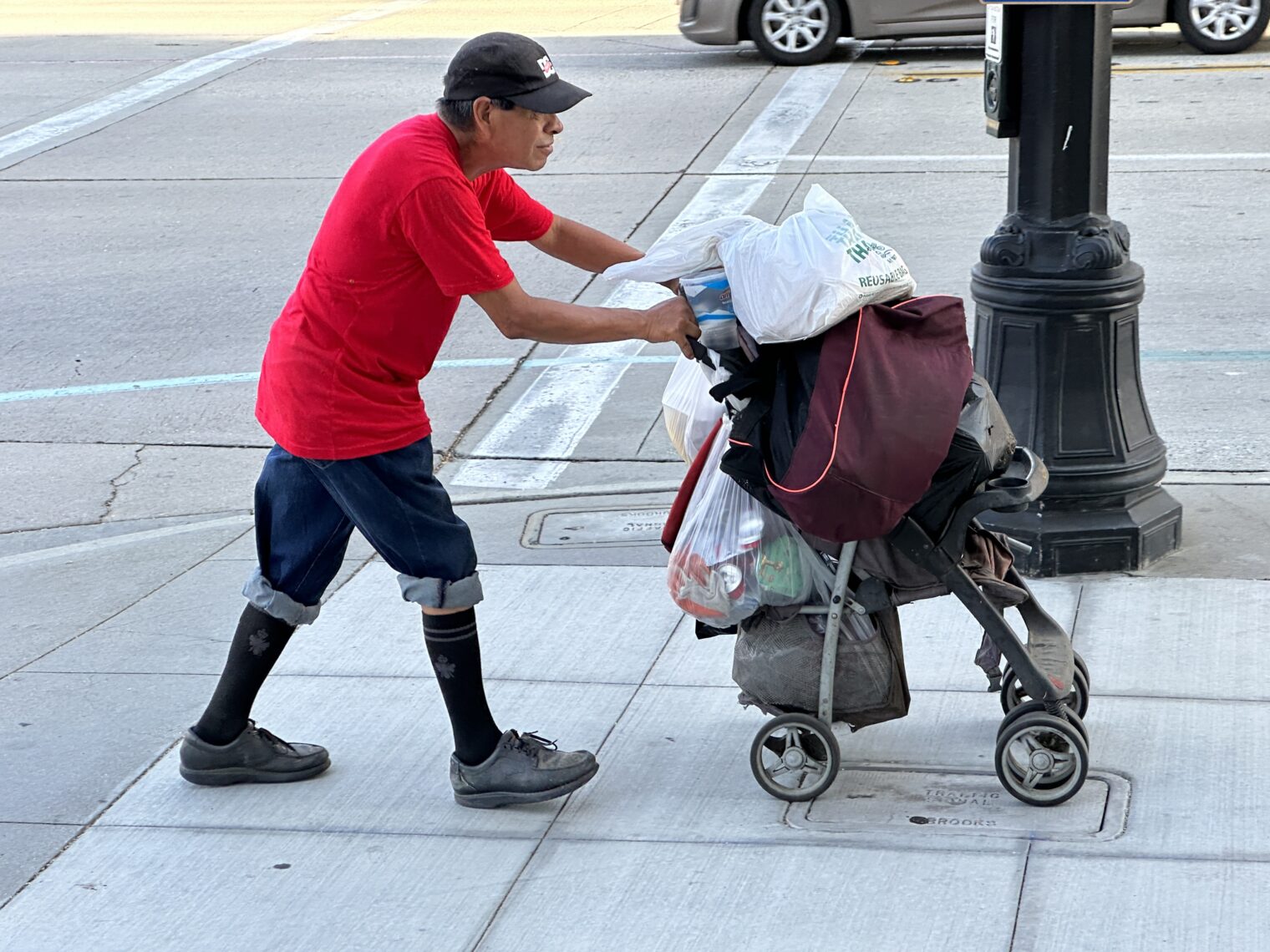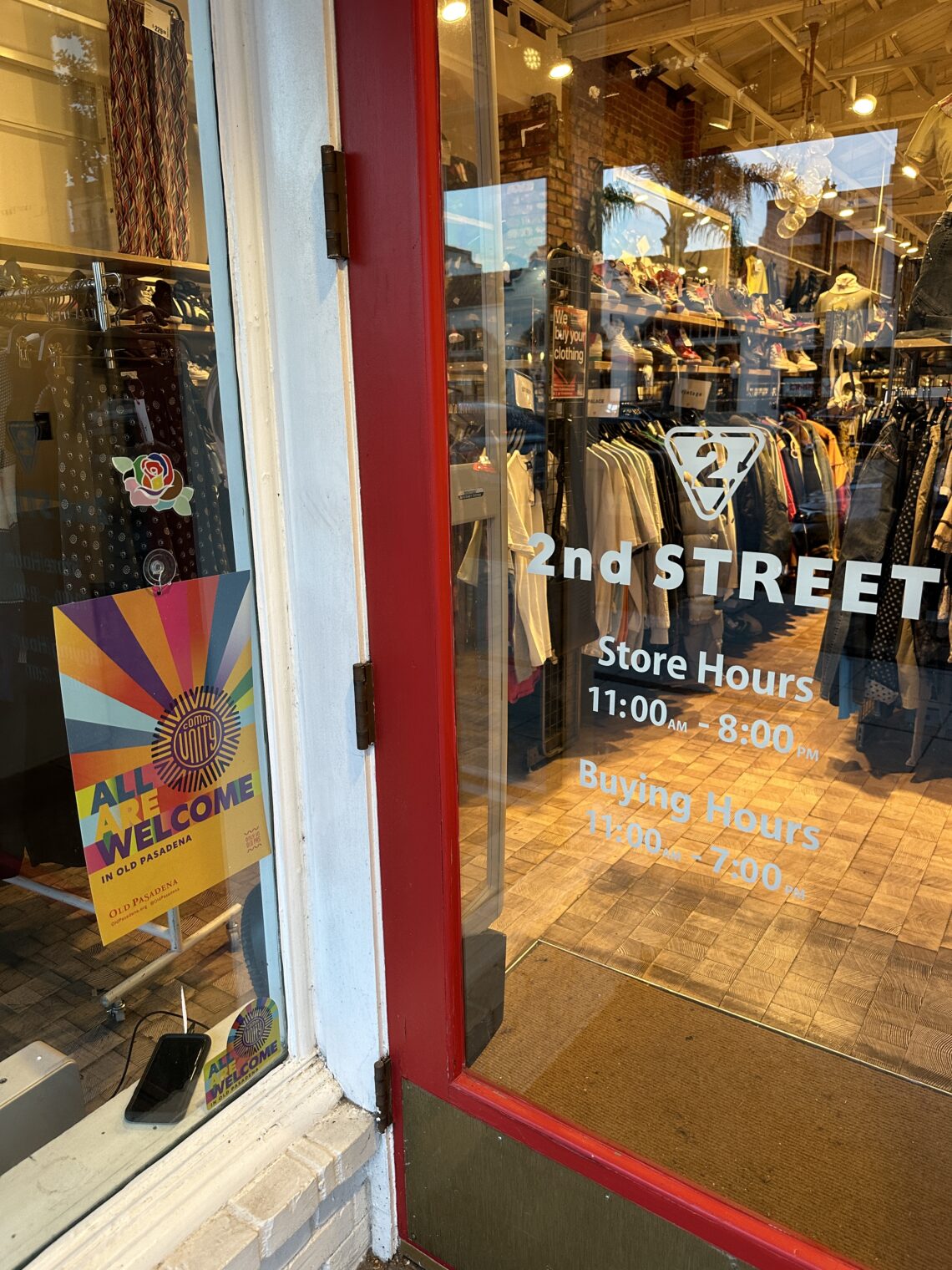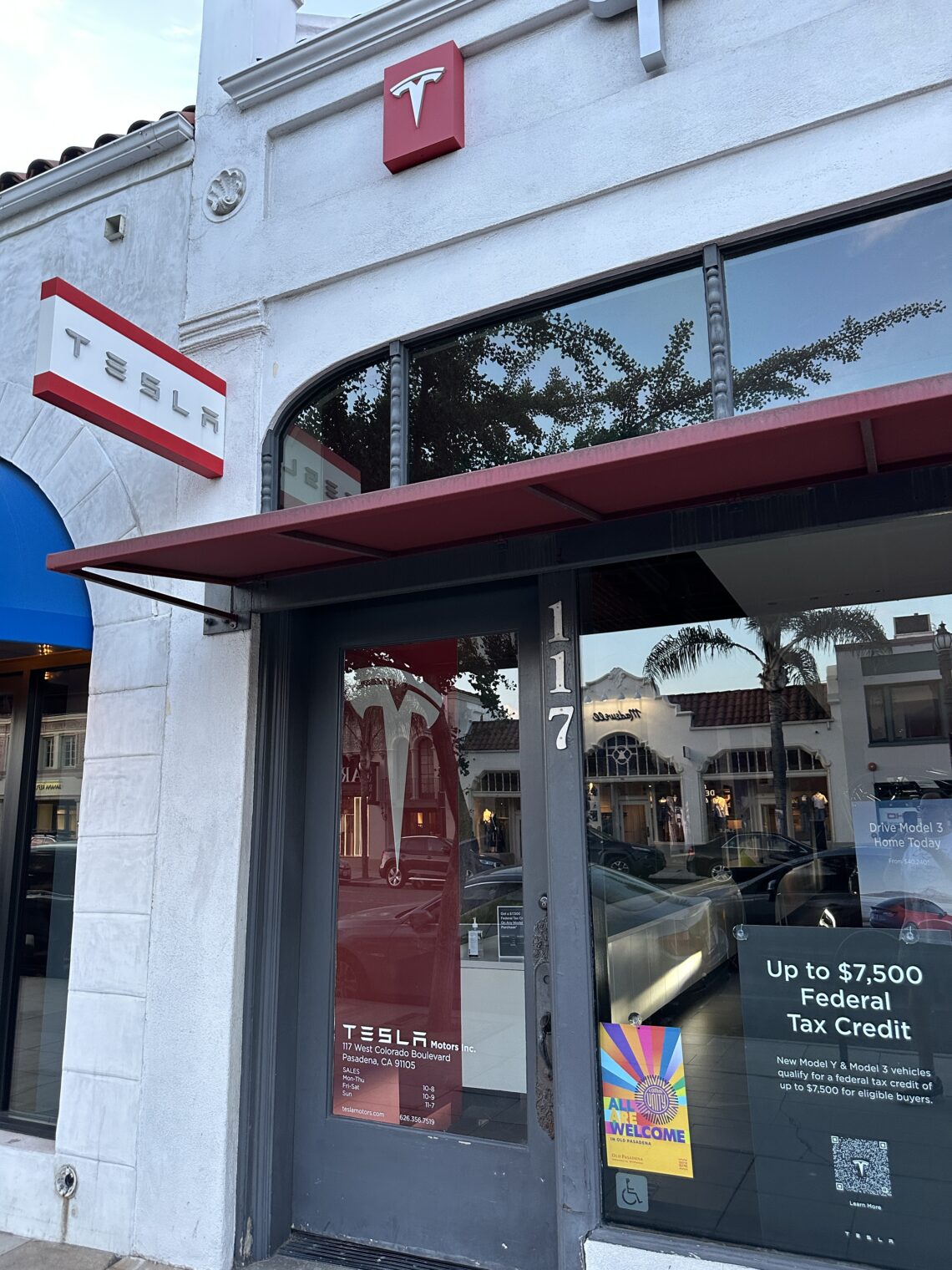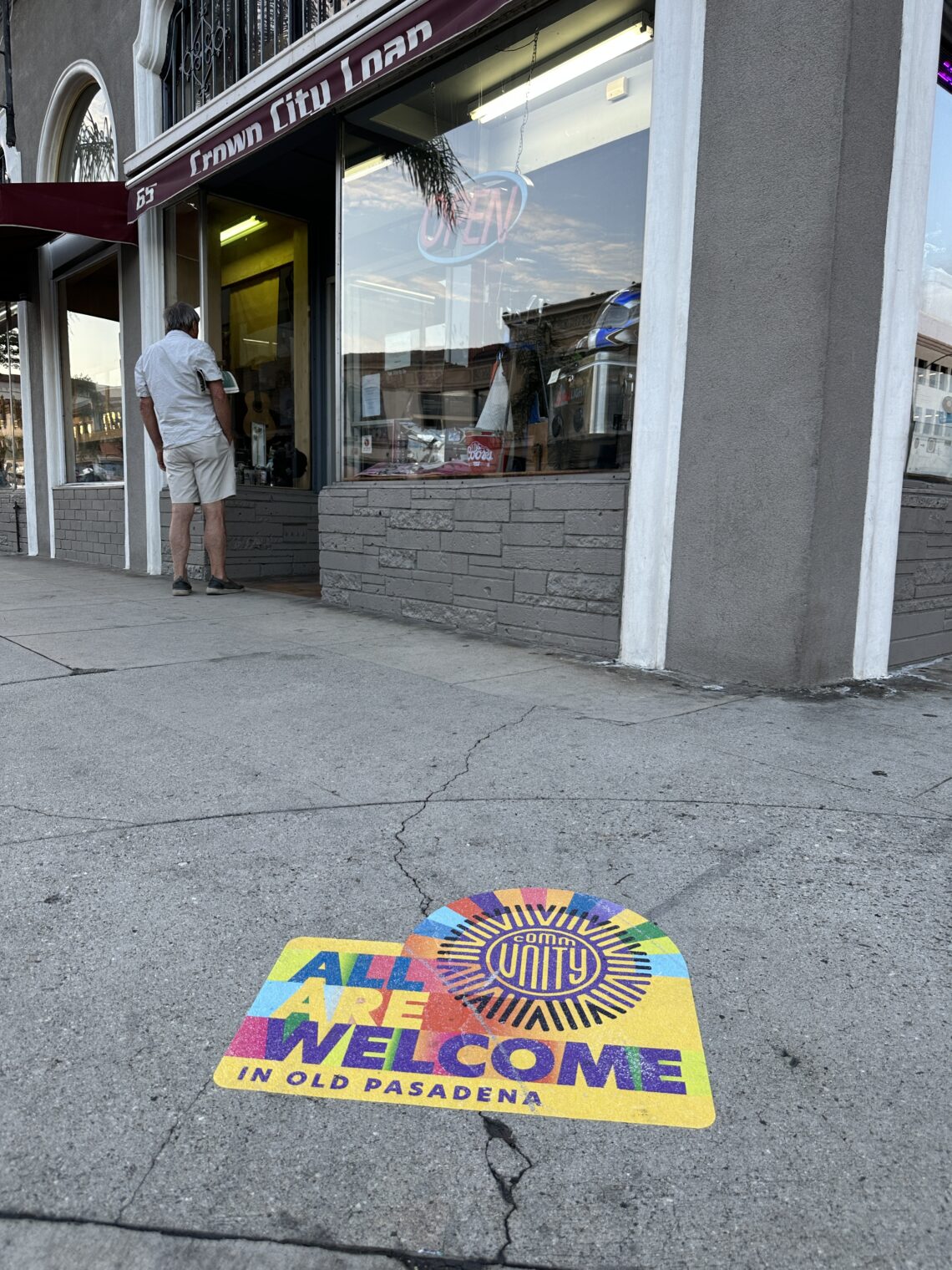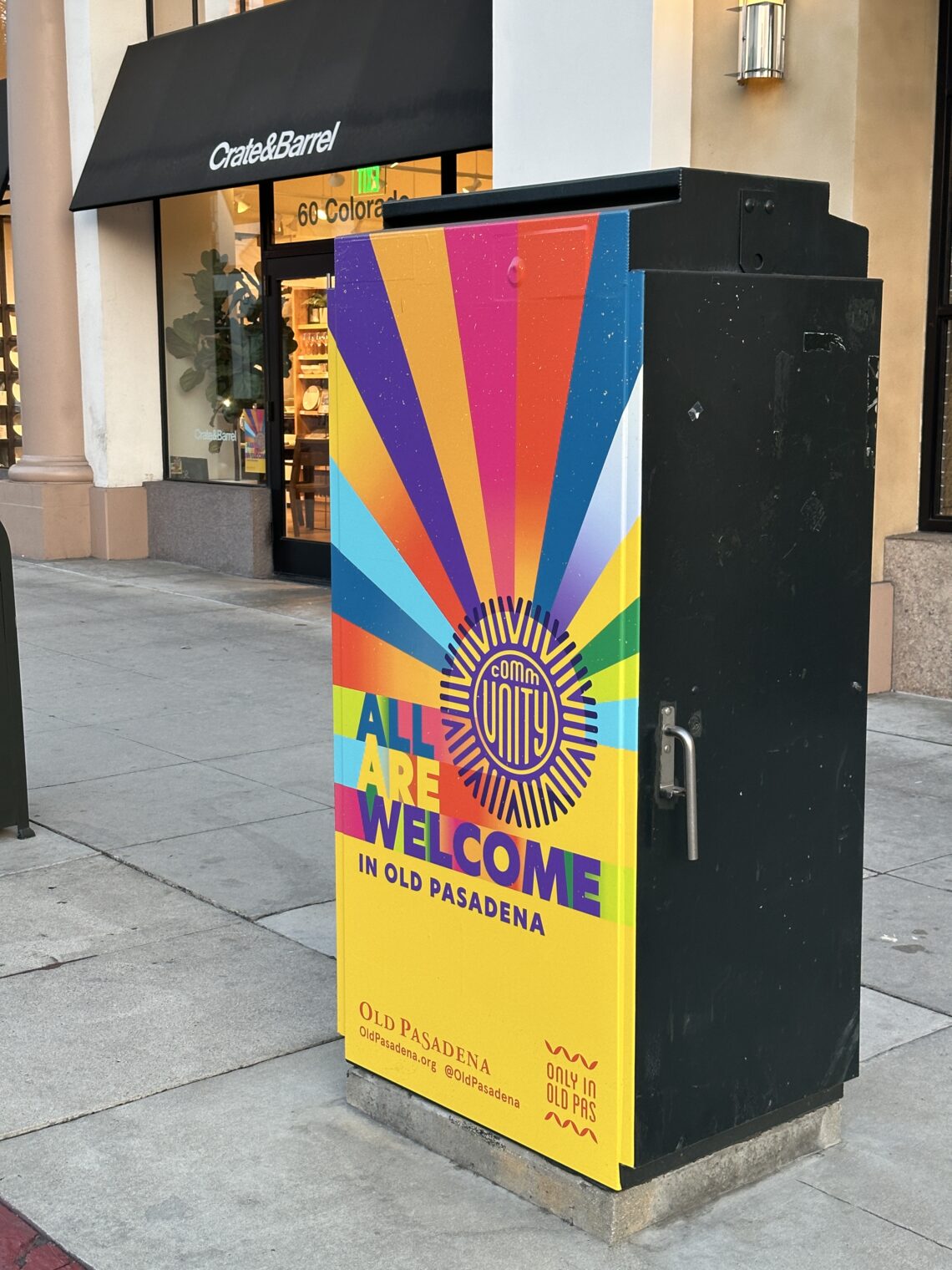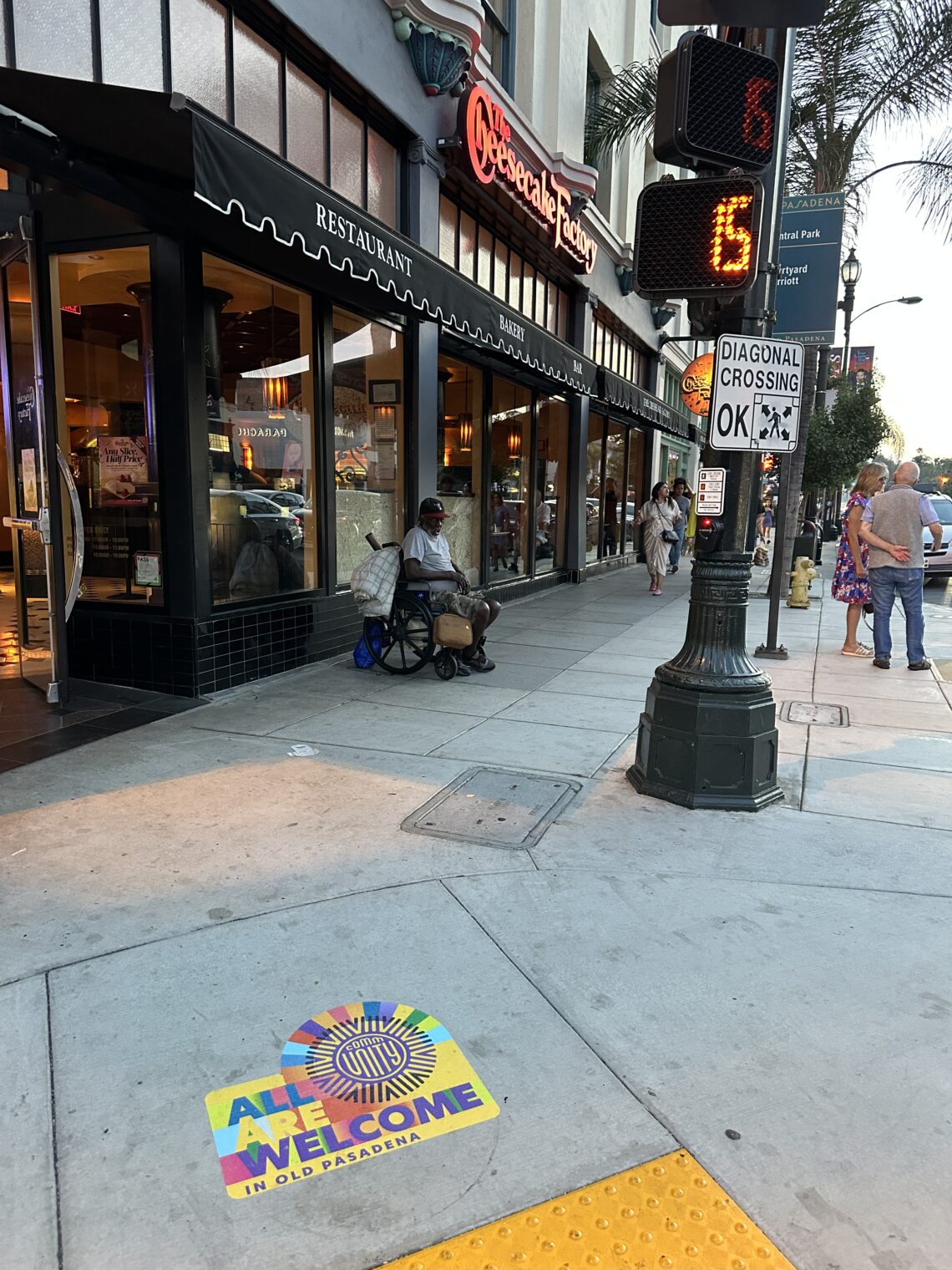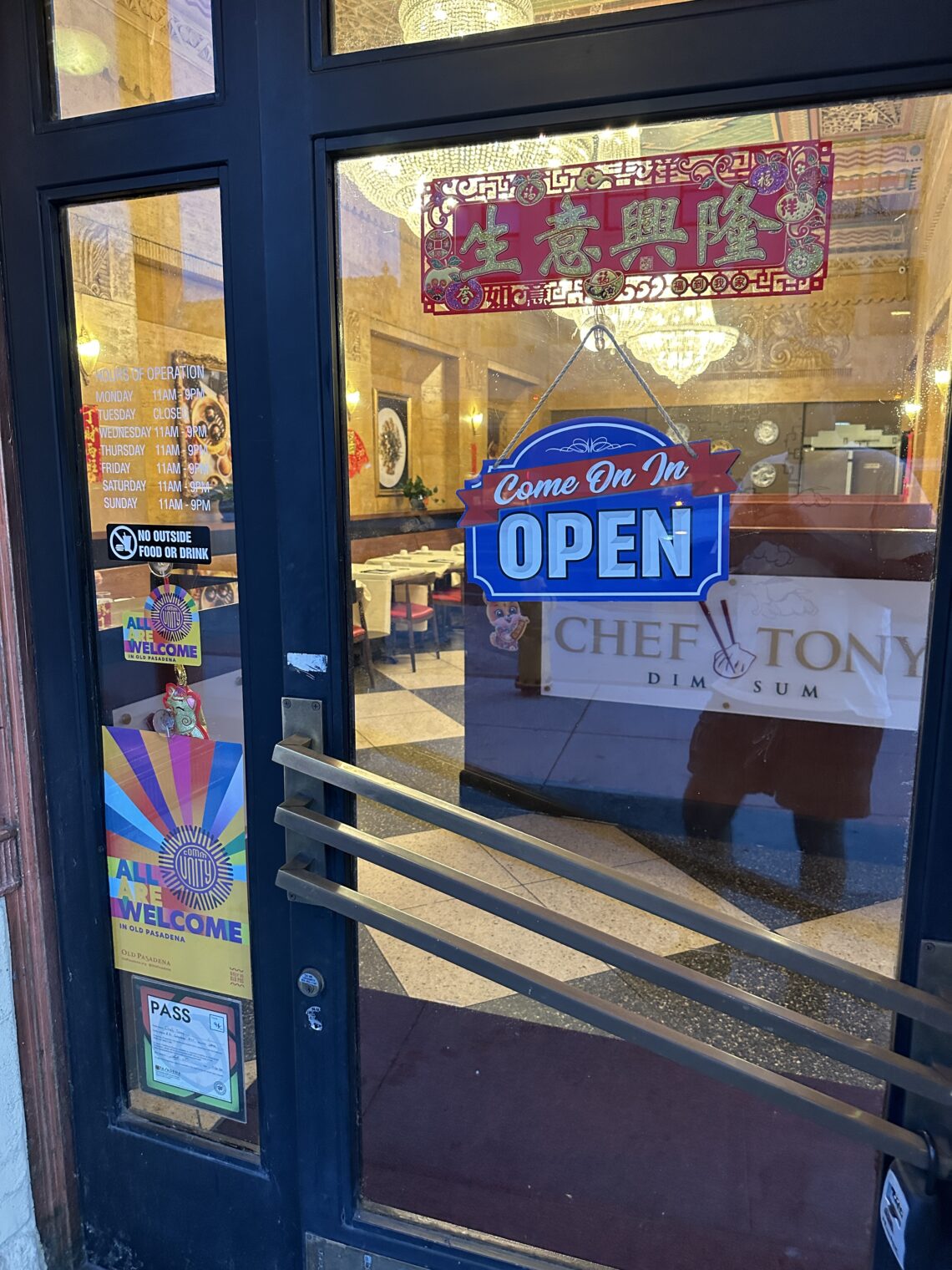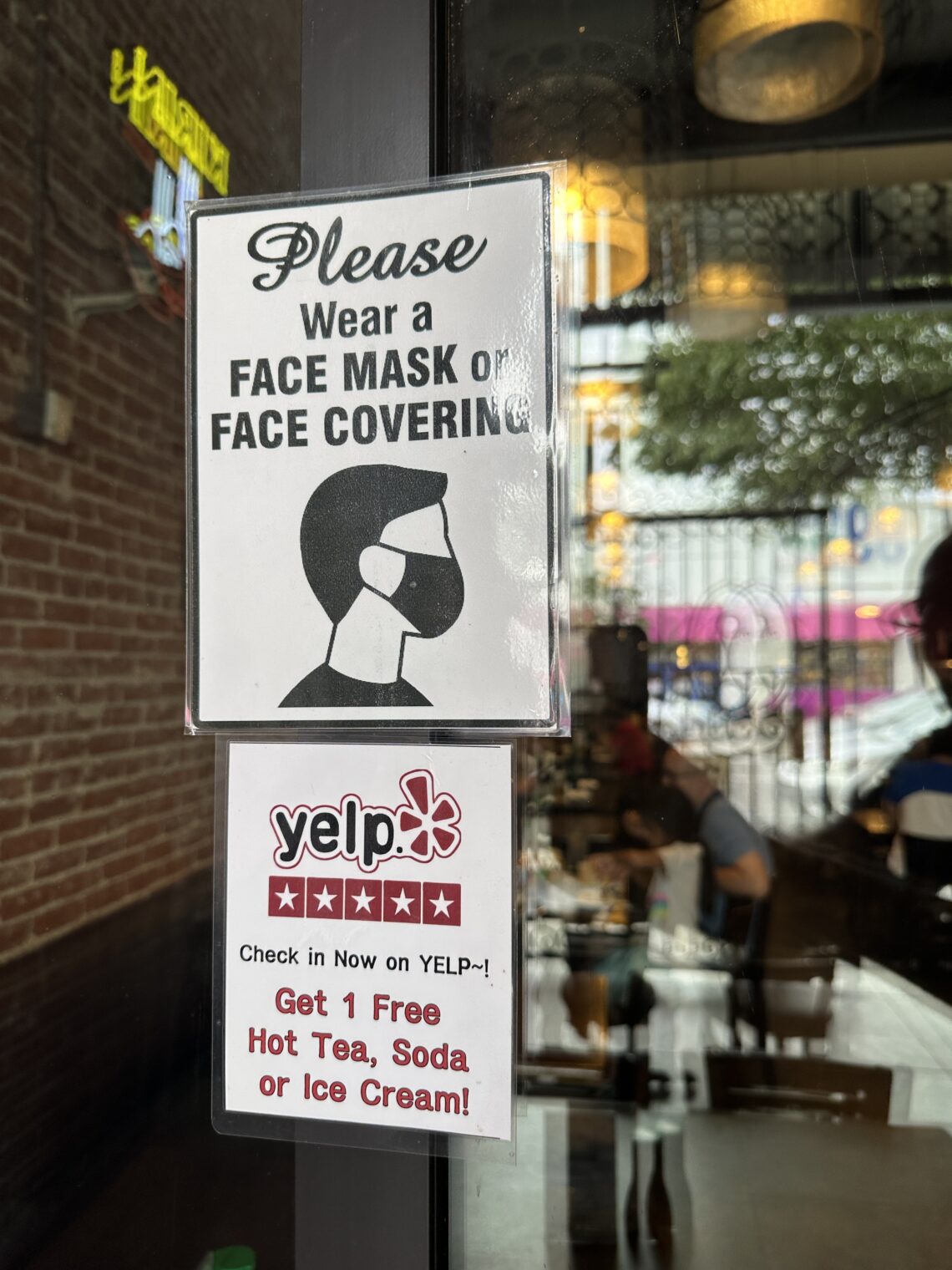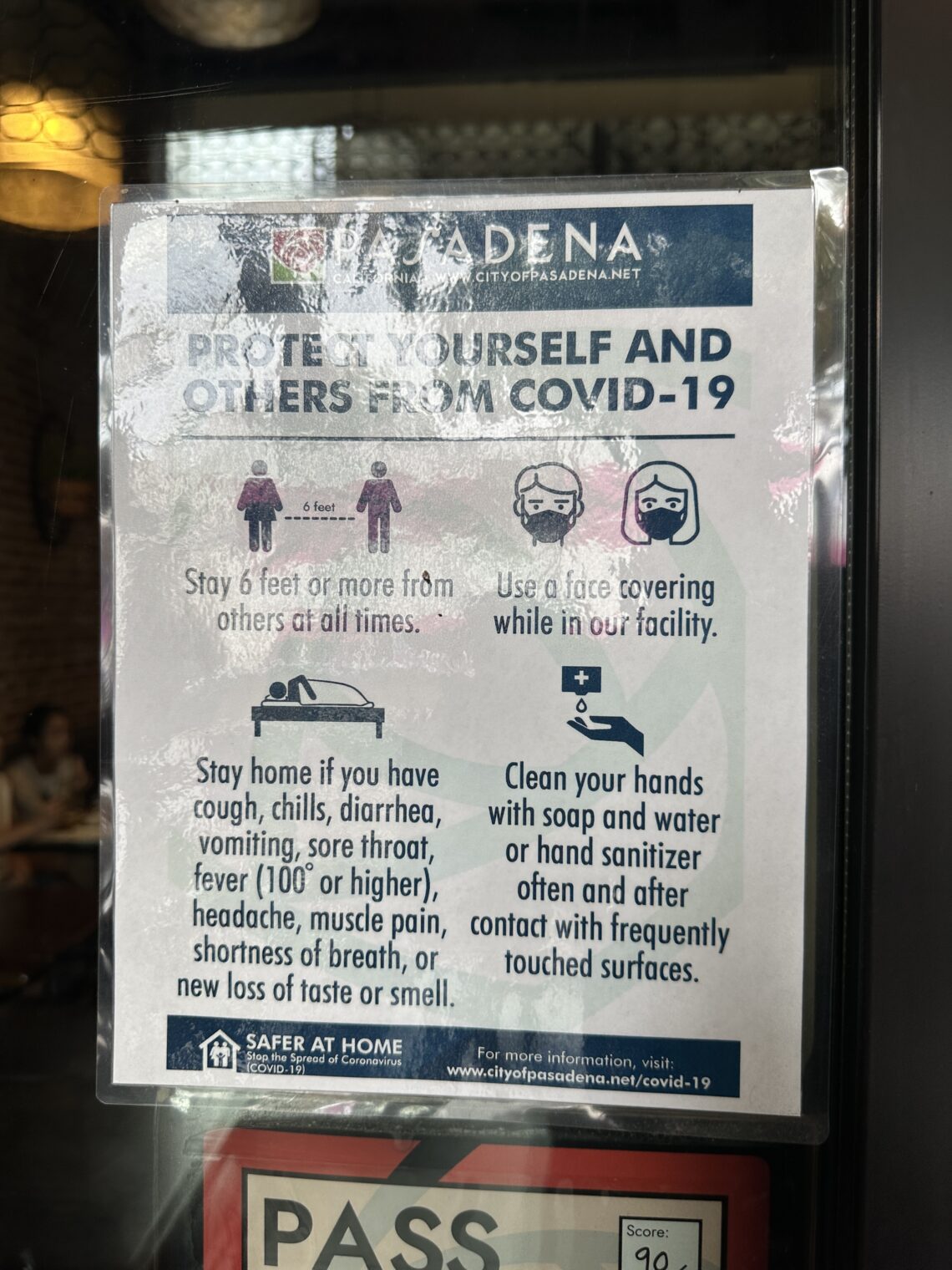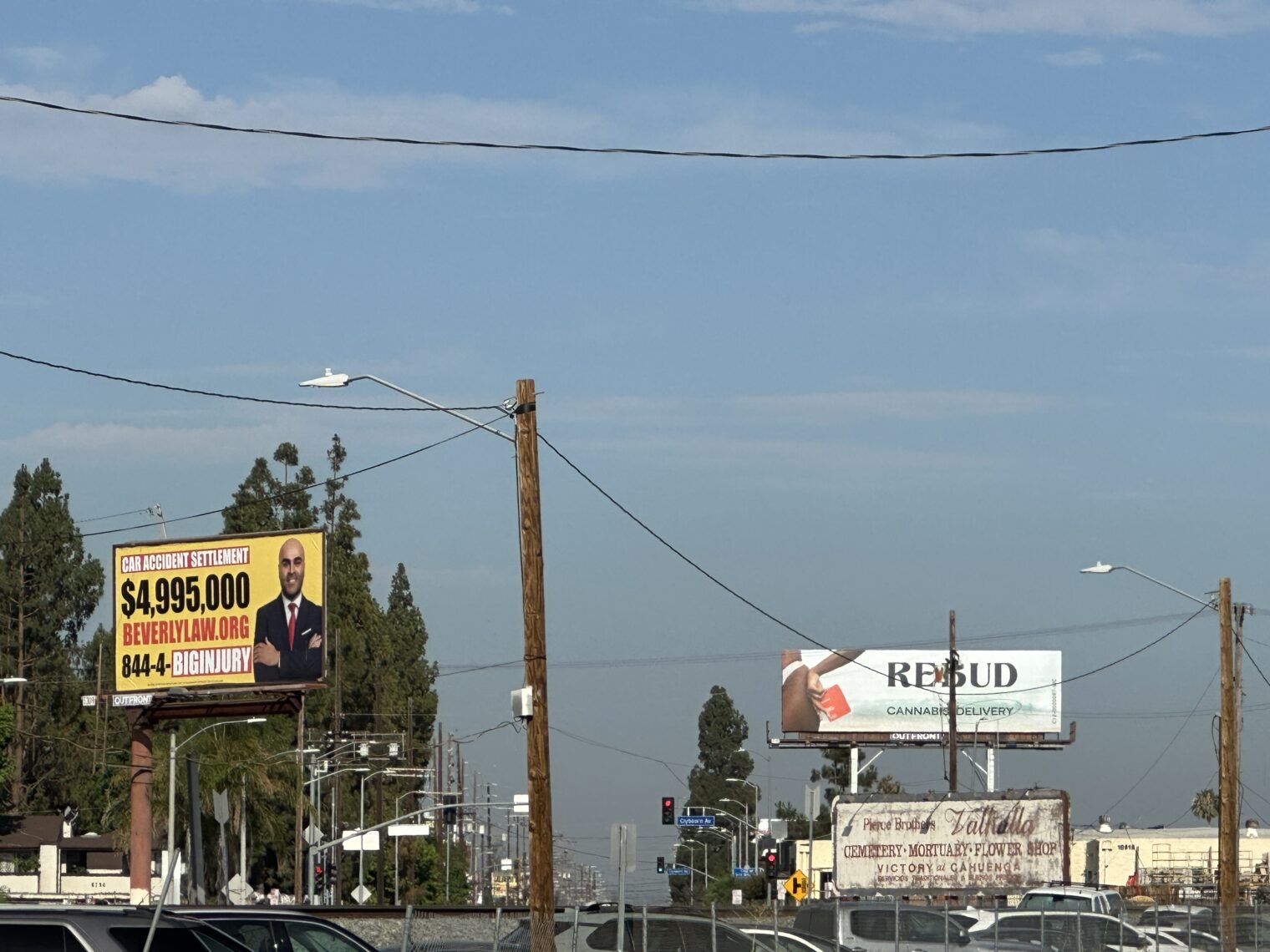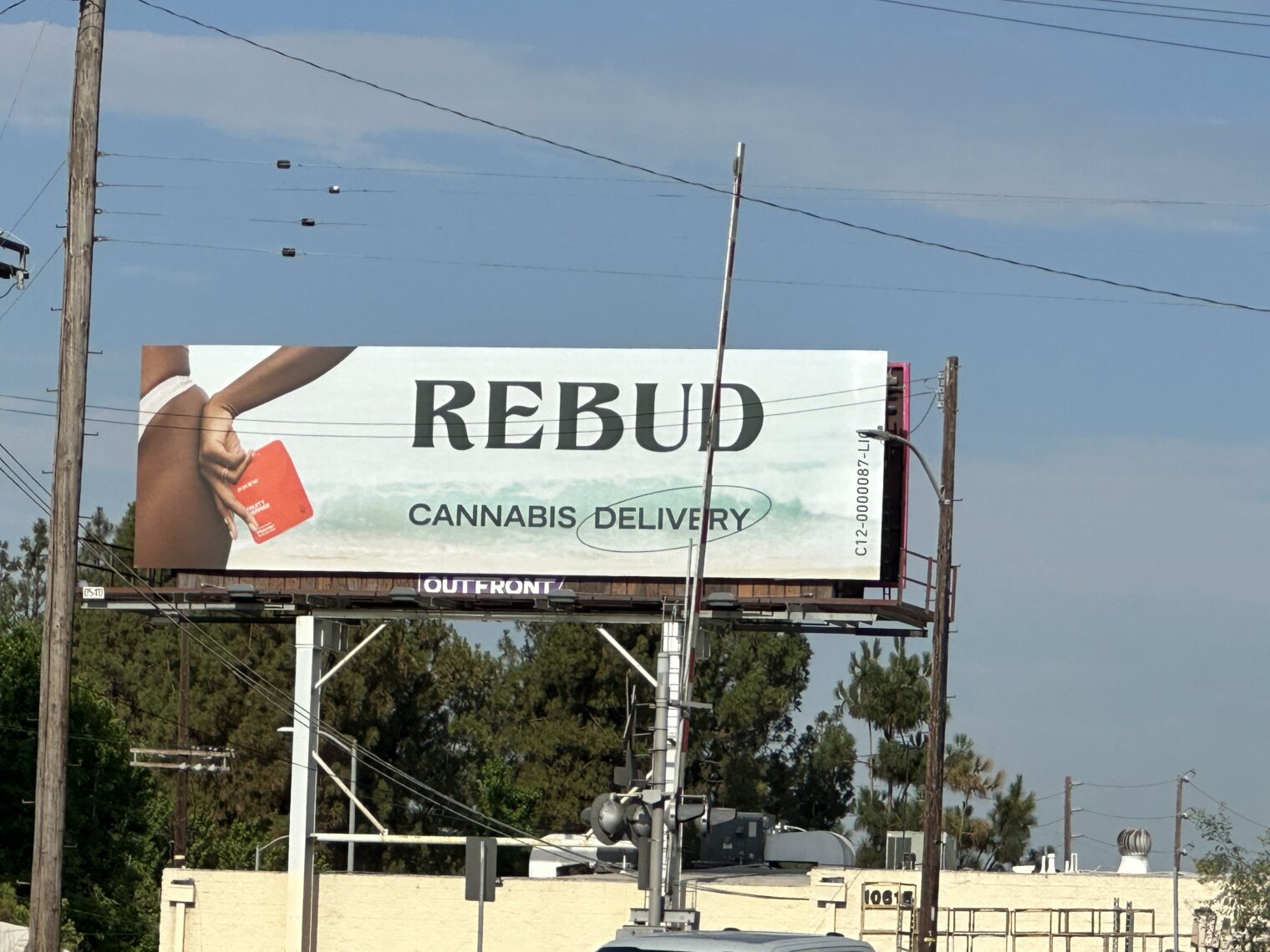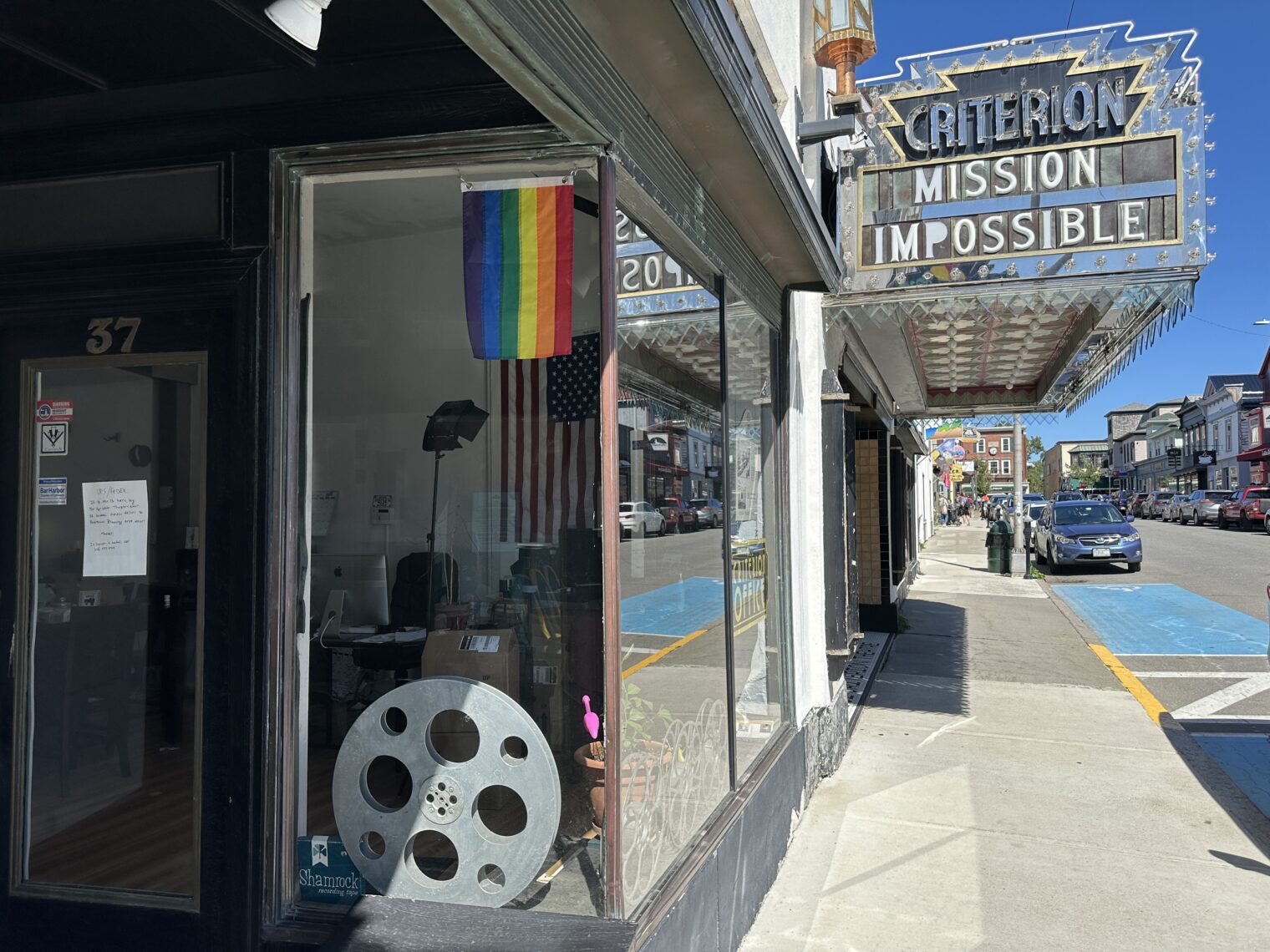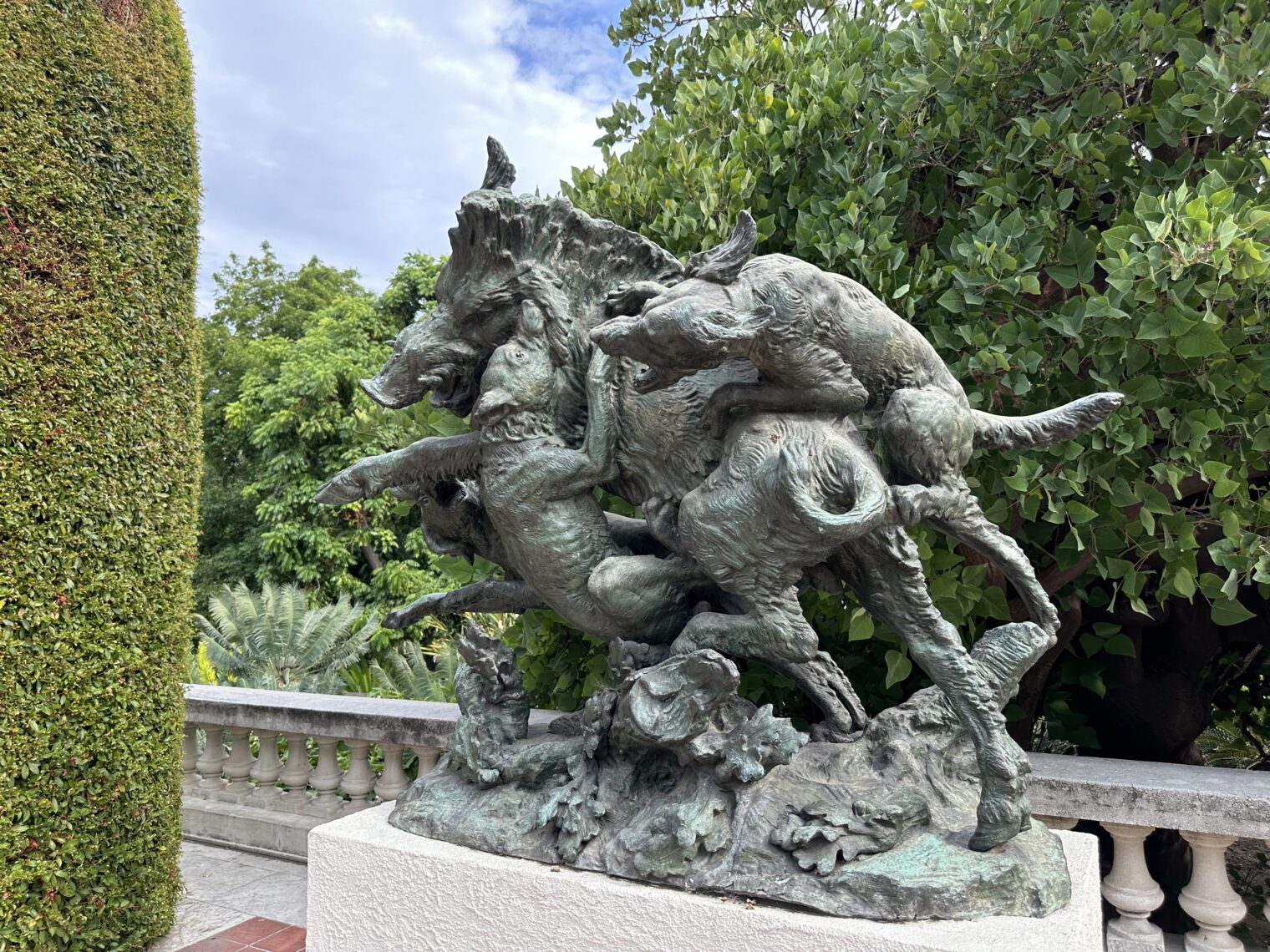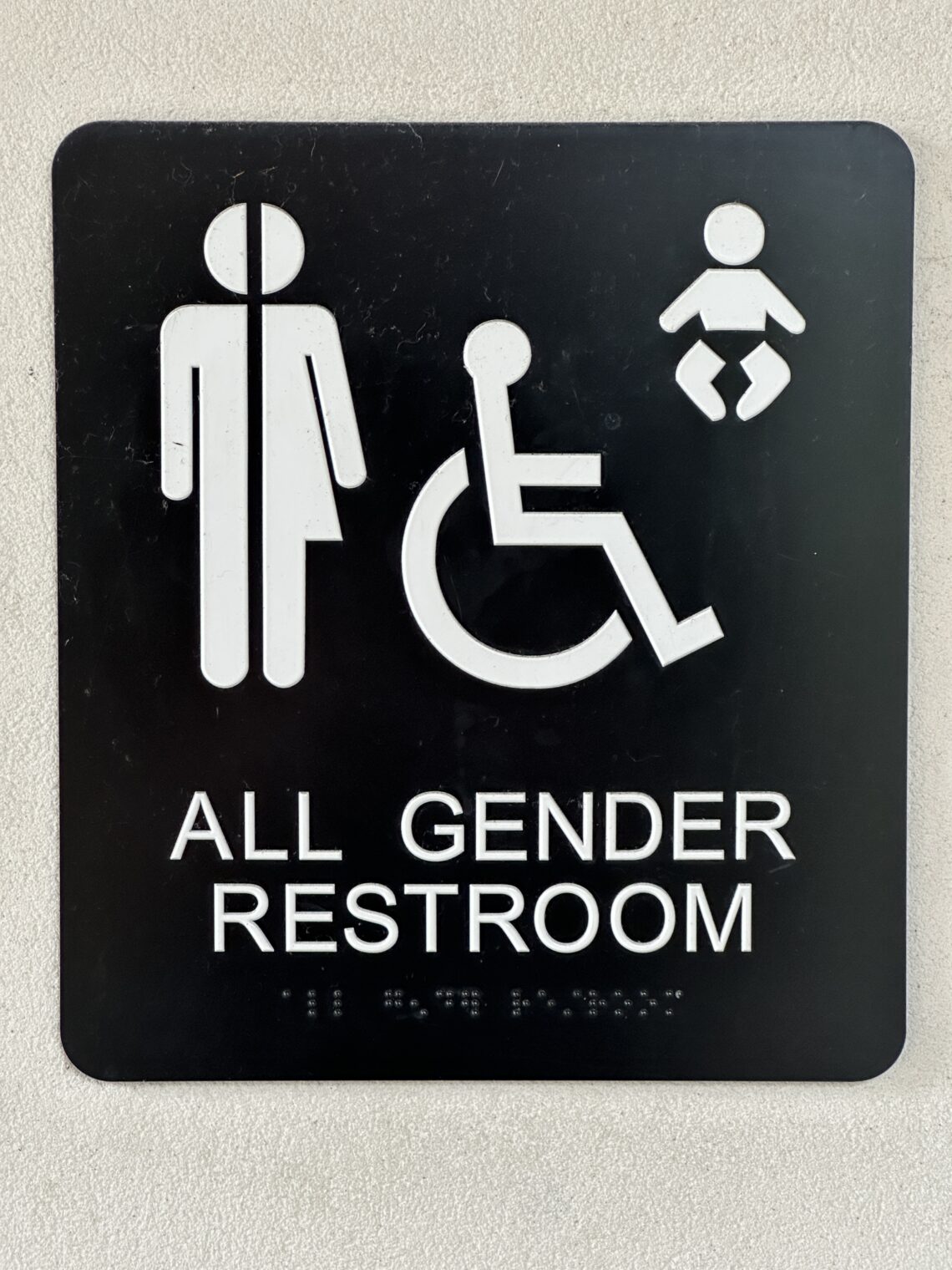Overheard at Oshkosh
Some choice conversations overheard at Oshkosh (EAA AirVenture), with gratuitous photos mixed in as separators.
F/A 18 pilot: I’ve met 120 of the 30 people who flew in the first Top Gun movie. Any reference to that movie was a finable offense, but sometimes it was worth the $10. I expected to hate the new movie, but it wasn’t that bad.
- Mechanic/pilot: I’m proud that both of my kids never had transgender surgery and aren’t addicted to opiates.
- Jet owner/pilot: how old are they?
- Mechanic/pilot: my son is 21 and my daughter is 23
- Jet owner/pilot: did you manage to keep her off the pole?
Mechanic: my mother could have sucked the self-esteem out of a diamond.
Below: “We’re going on vacation in my private Boeing airplane.”
- Pilot A: “Do you have kids?”
- 36-year-old Pilot B: “no”
- Pilot A: “you’ve gotta bank some sperm because ChatGPT programmed by the LGBTQ is going to tell the Boston Dynamics robot dog to bite your balls off.”
Below: the diabetes folks sell Pepsi and Mountain Dew:
- “Do they have women’s chess?”
- “Yes”
- “doesn’t that prove right the guys who say women aren’t good at science?”
“Who came up with the idea of putting high-speed internet everywhere? Now nobody has to drive into these sh*thole cities where nobody gets arrested.”
62-year-old to 35-year-old: “don’t get married. Domestic partnership. Keep them on their toes.”
Below, the NGPA had booths in both a regular show hangar and in a special “WomenVenture” hangar (the latter equipped with blessed air conditioning):



(I texted the above to my pilot friends who happen to be gay; note the rare use of the rainbow flag by people who are authentically gay!)
On the subject of heterosexual interactions, one pilot suggested creating fake contraceptive patches that family court profiteers could wear and collecting 2 percent of the child support revenue. Another pilot responded by noting that a vasectomy would be a defense against this scheme. The first pilot pointed out that vasectomy carried an increased risk of prostate cancer.
Below: a Beechcraft Denali, not to be confused with the Pilatus PC-12 across from which it was parked, that had flown in. It will be at least 7 million Bidies when it finally limps out of the certification process in 2024 or 2025 (the planned cost back in 2016 was $4 million).
A jet owner who owns multiple properties in desirable off-the-beaten-track locations: “Starlink revolutionized vacation home rentals. I don’t even bother trying to find local Internet because it never works as well. There is no way to AirBnB a property if it doesn’t have Internet and Starlink opens up a lot of locations that weren’t previously viable.”
Below, a twin-engine seaplane made from a kit (Seawind). The second engine can be deployed into the water after landing to facilitate docking.


- Pilot 1, to the bag check lady at an entrance gate: “What are you looking for?”
- Bag check lady: “drugs, weapons.”
- Pilot 2: “I smoked up all of my crack last night with Hunter Biden.”
Below: a privately owned MiG-29:
HondaJet pilot regarding the rudders: “there is a delay of two seconds after weight on wheels. Then the aircraft suddenly develops a turning tendency if pedals aren’t centered. The steering is as sensitive as a clitoris, but you don’t usually operate a clitoris with your feet.” There is a mode where the nose wheel can be set to free castor. Shouldn’t it be in that mode automatically after landing and until you’re down to some speed where the rudder is no longer effective? “I have a long list of ideas that would make the plane better”
Below: C-47 (DC-3), which cost $110,000 in 1943 and flew to support the Normandy invasion on D-Day:
If Magpie, an electric airplane company in which most of the trip is powered via aerial robot tugs, isn’t crazy enough for you… Aerial refueling for bizjets. “The Garmin software would line everything up and then all of these 1,000-mile light jets could go coast to coast.”
Below: one of the KidVenture stations where kids can learn a variety of practical skills.
Full post, including comments










